Is Bonaire Worth Visiting?
/Welcome to Bonaire!
The tiny Caribbean island of Bonaire only has a total area of 288 square kilometres and a population of around 22,000 - but don’t let this fool you. There is so much to do on the island.
Blue waters of Bonaire
Bonaire is known as a destination for nature seekers, animal lovers and those seeking ultimate relaxation. But is Bonaire Worth Visiting? Let’s dive into it.
Brief History of Bonaire
View of Kralendijk, the capital of Bonaire
Sitting just off the coast of Venezuela and near to its fellow Dutch Caribbean islands Aruba and Curacao, Bonaire has an interesting history. With human ancestry dating back to around 4500 BC, Bonaire’s timeline includes both Spanish colonization and Dutch reign.
In the 1800s, Bonaire was used as a government plantation by the Dutch until its emancipation around the end of the century. Now, the Caribbean island operates as a ‘special municipality’, along with the other Dutch Caribbean islands of St Eustatius and Saba. This is why you’ll hear a mix of accents, dialects and languages on the island, despite its small size.
Although the official language of Bonaire is Dutch, the native language is ‘Papiamentu’. Papiamentu can be considered as a simplified version of Spanish, with influences from Portuguese, French, English and other languages.
Today, Bonaire is known as a year-round sunny holiday destination famous for its underwater life, arid landscapes and unique flora & fauna.
What is there to see and do in Bonaire?
There is so much to see and do in Bonaire to write in one blog post, but I will discuss the major highlights.
Diving and Snorkelling
Bonaire is the perfect place for diving and snorkelling.
Bonaire is known to be one of the best diving and snorkelling destinations in the world. With 89 different dive sites, there’s always something to check out underwater when in Bonaire.
With crystal clear waters and a protected reef, it’s not hard to see why divers go back to Bonaire, year after year.
Pekelmeer Flamingo Sancutary
Flamingos everywhere!
Aruba may be famous for its tame flamingos, but in Bonaire, wild flamingos are everywhere! Some 10,000 flamingos are scattered across the island, so you should always be on the lookout for these pink birds.
Move slowly and talk softly – flamingos are notoriously shy and won’t come to close to humans on their own. You can easily find them in their natural habitat at Pekelmeer Flamingo Sanctuary, towards the south coast of Bonaire.
Donkeys of Bonaire
Socialising with the local wildlife in Bonaire.
Bonaire is also famous for its donkeys. The island’s wild donkeys can be found roaming free all along the island, and you can get especially up close and personal with them at the Donkey Sanctuary.
I personally spotted many near the Pekelmeer Flamingo Sanctuary. Unlike the flamingos, the donkeys aren’t that shy and sometimes will actually approach humans.
Seru Largu
Asher at Seru Largu
Seru Largu is a cross on a hill, and features expansive views of Bonaire. From here, you can even see the even tinier island of Klein Bonaire.
View from Seru Largu
A great quick photo viewing spot – just 15 minutes from the capital of Kralendijk.
Kralendijk
Colourful Kralendijk
Speaking of the capital, Kralendijk is a cute area filled with pretty stores, cafes, restaurants and friendly locals. I enjoyed strolling through Kralendijk’s colourful streets, and was impressed that there was even a high-quality bubble tea store!
1000 Steps
1000 Steps, Bonaire
A renowned diving spot, 1000 Steps was named this way because it was said that when divers go up the stairs after having finished diving, they would carry their heavy diving tanks and it would feel like they just climbed 1000 steps. In reality, there are only some 70-ish steps and it’s very easy to go up and down the stairs if you’re not carrying any diving equipment.
Gotomeer Lake
Gotomeer Lake, Bonaire
Gotomeer Lake is a large saltwater lake near the northern coast of the island, and is also a good place to spot some wild flamingos roaming about. It is located close to Rincon, which can be considered the ‘cultural capital’ of Bonaire.
Mangroves Kayaking
Mangroves in Bonaire
Near the Flamingo Sanctuary, you can also go kayaking through mangroves at the Mangrove Information Centre – a unique experience indeed. These mangroves are super pretty and have been protected by the island.
Beaches and Bays
There are countless fantastic beaches dotted along the coast of Bonaire. These beaches feature some of the clearest water and whitest sands I’ve ever seen!
Bachelor’s Beach, Bonaire
Sorobon Beach, Bonaire
Just to name a few, my favourites include Bachelor’s Beach, Te Amo Beach and Sorobon Beach. Sorobon is a beach along Lac Bay, and is the island’s most well-equipped beach in terms of facilities and lodging.
Cadushy Distillery
Cactus shots!
At the Cadushy Distillery, you’ll be able to sample local rum, vodka, whiskey and other novel spirits. The highlight of my tour here was trying some rum made out of cactus – which actually turned out to be quite refreshing!
Slave Huts
Slave Huts off the coastline of Bonaire
Not all of Bonaire’s attractions are about rest and relaxation, as the Slave Huts along the island’s south coast present a sobering reminder of Bonaire’s dark slave past. Still, it presents an opportunity to learn more about the history of the island and the harsh conditions that slaves lived in just hundreds of years ago.
Pink Lake & Salt Pyramids
Asher by the pink saltwater lake and salt pyramids.
Perhaps the image most associated with Bonaire is the pink saltwater lake and salt pyramids found on the southwest of the island. This is definitely a worthwhile stop while you drive around the island.
Klein Bonaire
If you want to venture outside of Bonaire’s mainland, you can also take an affordable water taxi to Klein Bonaire (‘little Bonaire’), a protected uninhabited islet featuring pristine waters, a white sandy coastline and even more underwater diving adventures.
Washington-Slagbaai National Park
Located in the north of the island, this national park is a nature sanctuary featuring even more gorgeous beaches, hiking opportunities and wildlife. It’s at Washington-Slagbaai National Park that you’ll find rare lizards, iguanas, colourful birds, goats, donkeys, cows and more.
How do I get around Bonaire?
You can get around Kralendijk easily by foot, but to see the rest of the island, it’s best to hire a car. Car hire rates are relatively affordable and will be the most convenient way of getting the most out of your days in Bonaire.
There are also plenty of taxis on Bonaire, and these are best suited for short transfers. If you’re not looking to drive, going on a tour is also a great hassle-free option. More on that in the next section.
Where to stay in Bonaire
Although a tiny island, Bonaire is dotted with some extravagant and impressive accomodation options. Take a look below.
Budget: Hotel Islander Bonaire
The Hotel Islander Bonaire is a cute and centrally located hotel in Bonaire that will service every budget traveller’s needs. Clean, spacious and situated in the capital, Kralendijk, this is an all-round great choice.
You can take a closer look at Hotel Islander Bonaire by clicking here.
Mid-Range: Thebonairian
Thebonairian is an awesome beachfront property with a jaw-dropping pool area. Just a two-minute drive from the airport, this luxurious hotel is a true gem.
You can take a closer look at Thebonairian by clicking here.
Luxury: Harbour Village Beach Club
The Harbour Beach Village Club is one of Bonaire’s most recognisable resorts, and features stunning views of the beach and blue waters. Located 700 metres from Coco's Beach, Harbour Village Beach Club features accommodation with an outdoor swimming pool, free private parking, a fitness centre and a garden.
You can take a closer look at Harbour Beach Village Club by clicking here.
Tours in Bonaire
Unique flora of Bonaire.
Here are some of the best handpicked tours of Bonaire to ensure you see the best of what the island has to offer:
How many days should I stay in Bonaire?
Bonaire is small, but there’s still plenty to see. For an unrushed holiday that will allow you to relax on its beaches, marvel at the animals and go on a few hikes, I would recommend staying at least 3-5 days.
Of course, you can still see a lot in one day, but you might feel rushed and be left with the feeling of wanting to come back immediately!
Where do I find more information on Bonaire?
You can find more information about Bonaire on the island’s official tourism website, which you can access here.
Final Verdict – Is Bonaire Worth Visiting?
So is Bonaire worth visiting?
Bonaire is one of my favourite little islands in the world – and trust me - I have been to a lot! Thanks to a combination of memorable beaches, pink saltwater lakes, otherworldly nature and charming animals, Bonaire is definitely a destination I won’t be forgetting any time soon.
In a nutshell, Bonaire is definitely worth visiting! If you make the decision of visiting this Caribbean paradise, you’re not going to regret it.
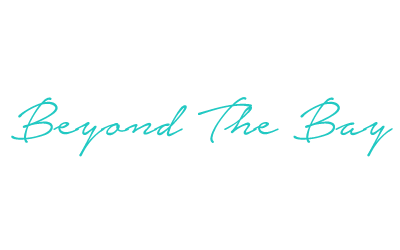



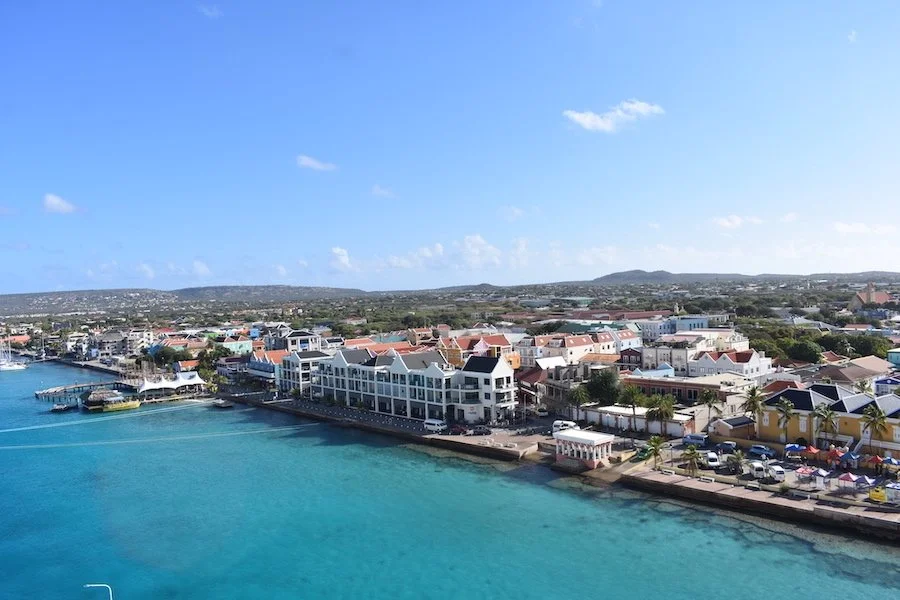












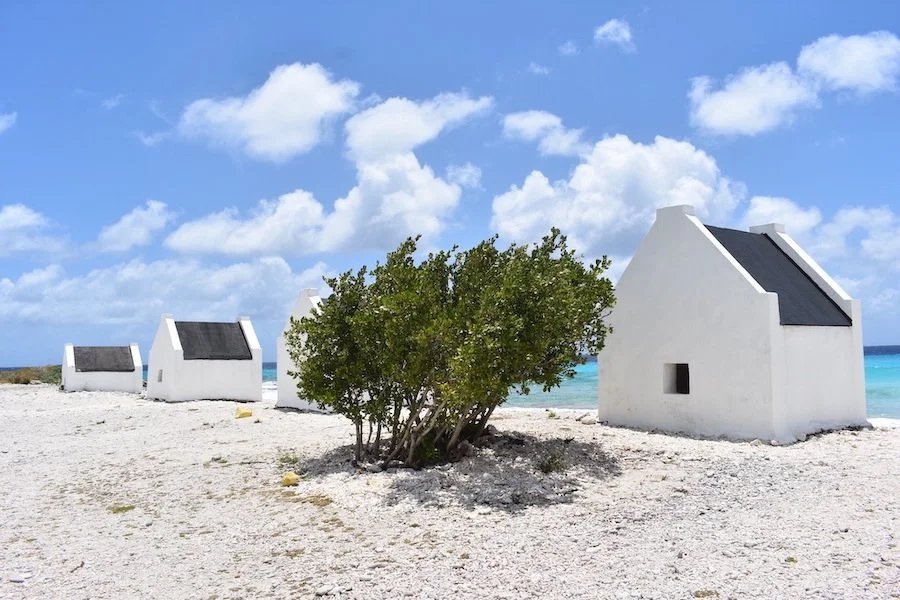

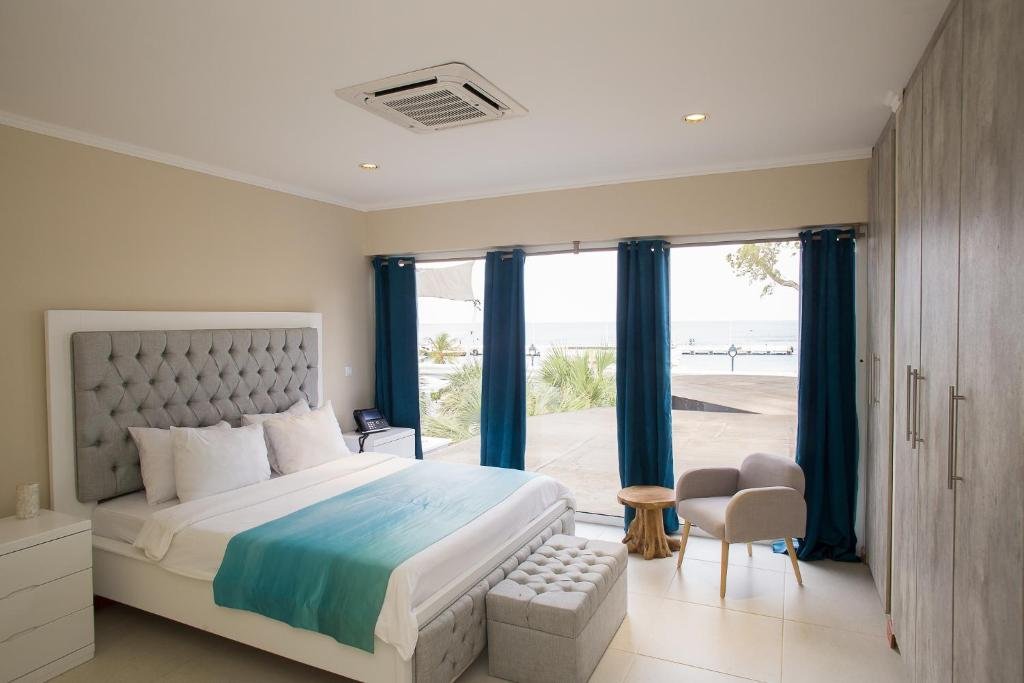







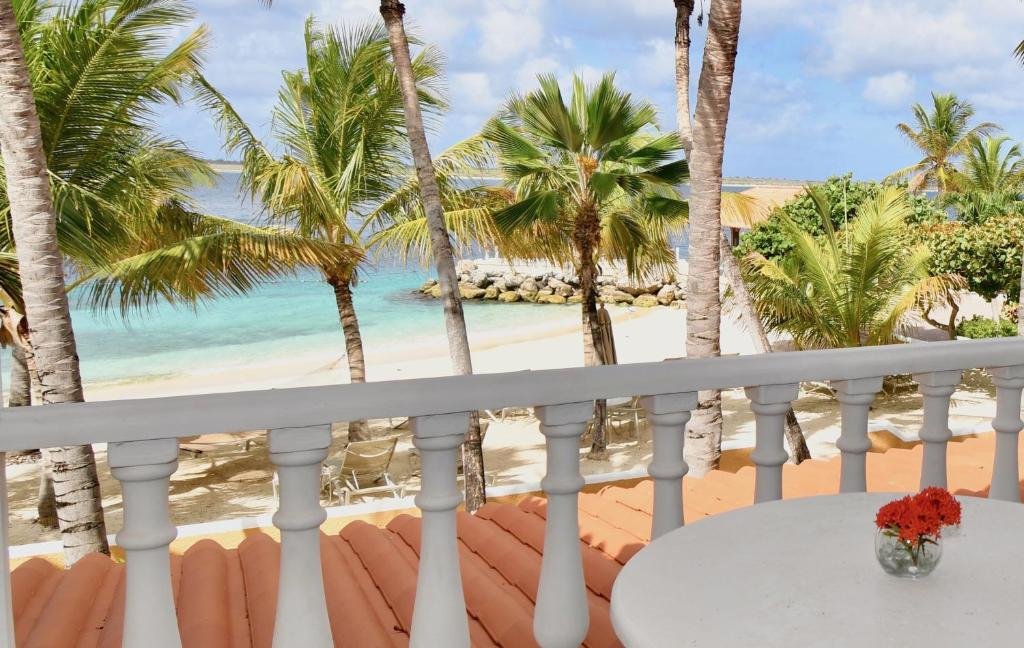


![Should I Visit Melbourne or Sydney? [2024]](https://images.squarespace-cdn.com/content/v1/59d89989bebafb24a356f24c/1672671661758-67D1NGJCU56F1JQ0844Y/Sydney+5.JPG)
![Which El Nido Tours Should I Go On? [2024]](https://images.squarespace-cdn.com/content/v1/59d89989bebafb24a356f24c/1697043260837-GNUVR184DOU48Z74JREH/Matinloc+7+%28MAIN+PHOTO%29.JPG)
Whether you’re arriving on a cruise day or exploring on an independent holiday, this is the perfect one-day itinerary for you.